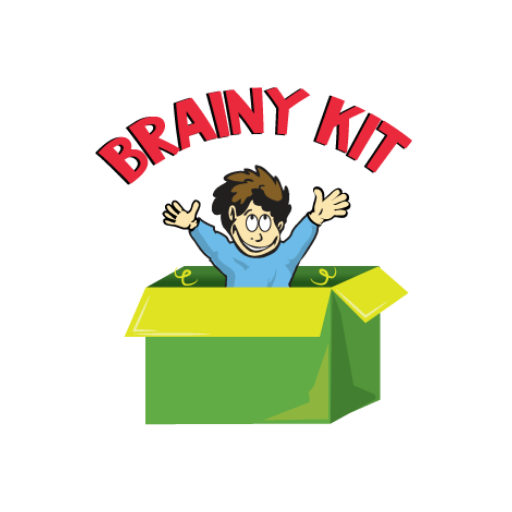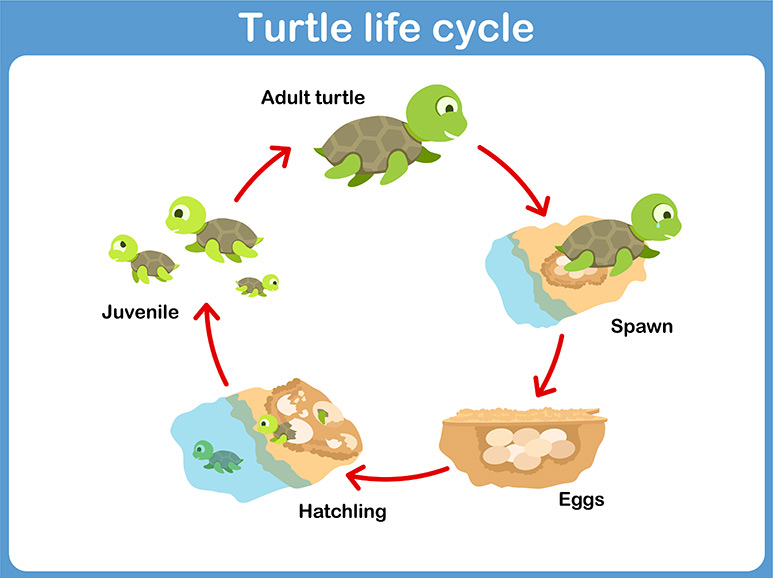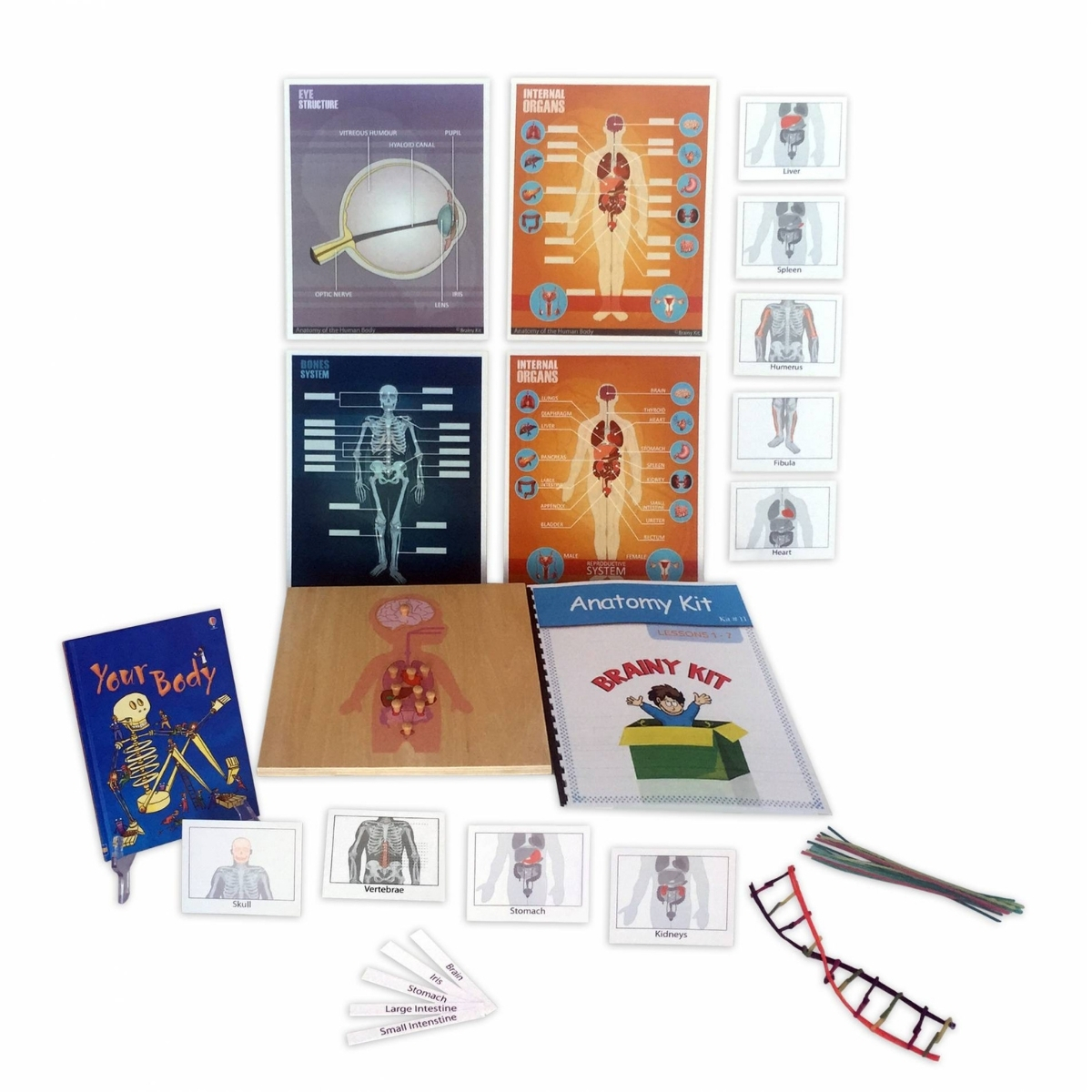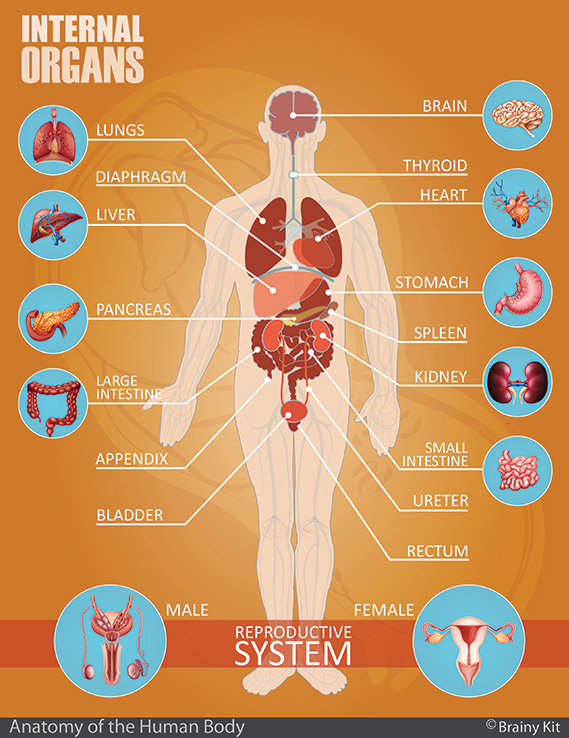You are purchasing a downloadable PDF file which contains the following materials:
- 7 lesson plans (for a sample lesson plan scroll to the bottom)
- 18 3-part cards
- 13 chart
- Labels
- Additional printable supplementary materials
The file does not contain the book, the figurines or shark teeth. However, you can purchase all items separately if you wish or utilize the items already in your home. Please note, this page may contain affiliate links.
Materials not included in the file can be replaced with similar items you already own or purchased here:
- Eyewitness Sharks Book
- Realistic shark figurines (second option)
- Shark teeth
- A magnifying glass
- A ruler
Extension activities for this kit:
- Lego Creator 3 in 1 Deep-Sea Creatures
- Great White Shark 4D Realistic Anatomy Model
- Shark Craft Kit from the Smithsonian
- Shark Tooth Dig Kit
The Secret Life of Sharks
Suggested price: $9.95
Suggested price: $9.95
The Secret Life of Sharks Lesson 1 of 7
Sharks are Unique Fish
Materials Needed:
- Eyewitness Shark book
- Shark Anatomy Poster and labels
- Shark Anatomy Control Chart
- One shark figurine
- Ray figurine
Purpose: The lesson will focus on the fact that sharks and rays are fish. They have certain physical features that are distinct and help them survive in an aquatic habitat.
Vocabulary: spiracle, dorsal fin, pectoral fin, pelvic fin, anal fin, caudal fin, lateral line, gill slits, glossary, index
Suggested time: 30 minutes
- Invite your child to work with you.
- Show the figurine of the shark and ray. Say, “This shark and this ray are close relatives to one another, and both are special types of fish. Like all fish they live in the water and have gills to take oxygen from the water, instead of breathing air like we do.”
- Ask your child if the two animals share any other features with fish. (Any reasonable answer should be encouraged: tails, mouths, two eyes, fins, the shark’s body shape is similar to other fish etc.)
- Say, “Let’s read about sharks and find out what makes them special types of fish.”
- Open to page 6 in the Eyewitness Shark Read the main paragraph and point out how we have a bony skeleton, but our ears and the tips of our noses are made from cartilage. Have your child feel how flexible these body parts are. See if your child can think of how a flexible skeleton may help a shark.
- Turn to page 14 in the Eyewitness Shark Say, “Let’s read about how the shark uses its tail and fins to help it move. Sharks are famous for that triangular-shaped fin on their backs called a dorsal fin. Let’s see if we can figure out what it does.”
- Read all parts of both pages 14 and 15. Be sure to locate the fins being described on either the poster or the figurine of the shark.
- While using the Control Chart, have your child place the labels of each body part on the unlabeled poster.
- To find out what the spiracle is, teach your child to use the glossary and index found in the backs of non-fiction books. (Note: the best image and description is found on the top of page 9).
Differentiation Activities
- Have your child create wax resist. After drawing a shark, have your child color it in using bold crayon marks (including the white underbelly). Next, have your child paint the ocean with watercolors.
- Do a science experiment. Most bony fish have a swim bladder (an air sac) which helps them float, whereas sharks do not. This is why most sharks need to keep swimming. But sharks also have a very large livers (they make up 25% or the shark’s weight) that are rich in oil. Take two sandwich or Ziploc baggies. Fill one with air and seal it. Fill the other with a cup of oil and seal it. Place both in a tub or sink of water and observe each. What does your child notice?
- Do further reading and compare whales and sharks. Name two similarities and two differences.










